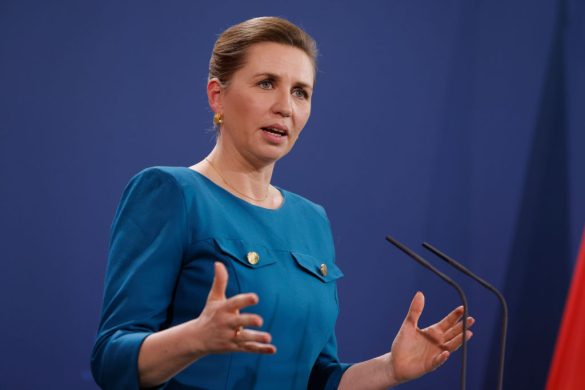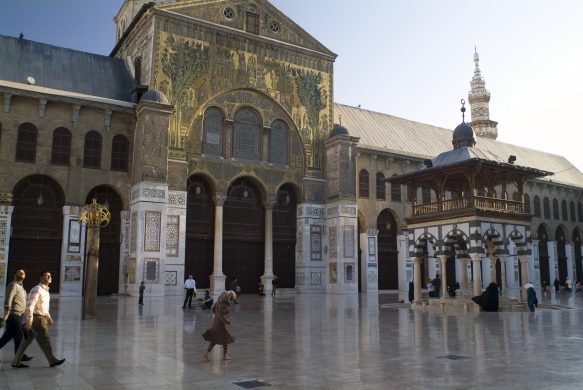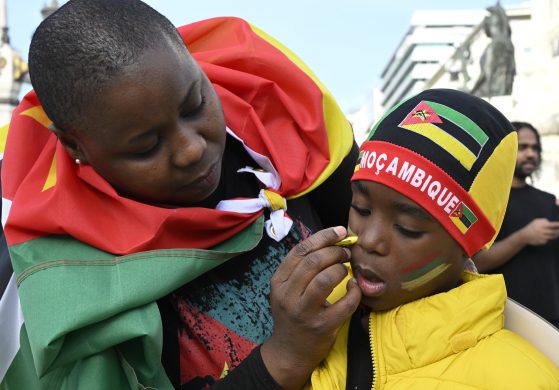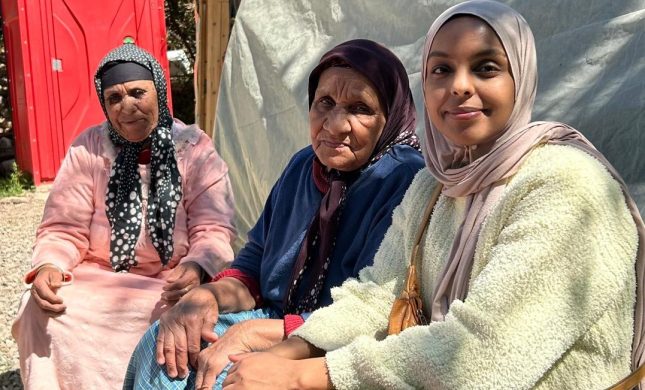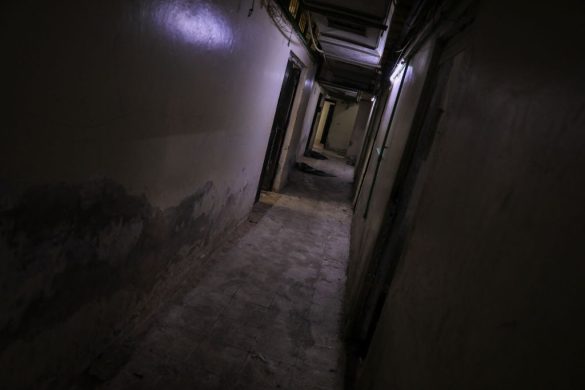Major donors failing Afghanistan due to 10 billion US dollar aid shortfall
40 per cent of aid spending in Afghanistan returns to rich countries in corporate profits and consultant costs and the prospects for peace in Afghanistan are being undermined because Western countries are failing to deliver on their promises of aid to the tune of 10 billion US dollar.
On top of this aid going to the poor Central Asian country is used ineffectively.
These are the main conclusions of a new report written by ACBAR, an alliance of international aid agencies working in Afghanistan titled “Falling short: Aid effectiveness in Afghanistan”, according to a press release Tuesday from the British NGO, Oxfam.
The international community has pledged 25 bilion dollar to Afghanistan since 2001 but has only delivered 15 billion.
The US is the biggest donor to Afghanistan but also has one of the biggest shortfalls – according to the Afghan government between 2002 and 2008 the US only delivered half of its 10,4 billion dollar commitment.
The same sources show that over this period the EC and Germany distributed less than two-thirds of their respective 1,7 billion and 1,2 billion dollar commitments, and the World Bank has distributed just over half of its 1,6 billion commitment. The UK pledged 1,45 billion and distributed 1,3 billion dollar.
An estimated 40 per cent of the money spent has returned to rich donor countries such as the US through corporate profits, consultant salaries and other costs, vastly pushing up expenditure.
For example, a road between the centre of Kabul and the international airport cost the US over 2,3 million dollar per kilometer, at least four times the average cost of building a road in Afghanistan.
Around 90 per cent of all public spending in Afghanistan comes from international aid so the massive shortfall hinders efforts to rebuild infrastructure damaged by over two decades of war, and to ensure the widespread delivery of essential services such as education and health.
The reports author Matt Waldman, Afghanistan policy adviser at international aid agency Oxfam, said:
– The reconstruction of Afghanistan requires a sustained and substantial commitment of aid – but donors have failed to meet their aid pledges to Afghanistan. Too much aid from rich countries is wasted, ineffective or uncoordinated.
– Given the slow pace of progress in Afghanistan, and the links between poverty and conflict, the international community must urgently get its act together, said he, stressing:
– Spending on tackling poverty is a fraction of what is spent on military operations. Whilst the US military is currently spending 100 million dollar a day in Afghanistan, aid spent by all donors since 2001 is on average less than a tenth of that – just 7 million dollar a day.
The report says a level of donor under-spending can be expected because of the lack of government capacity, large-scale corruption and challenging security conditions.
But the size of the shortfall highlights the importance of donors making concerted efforts to address these issues.
The report also shows that a disproportionate amount of aid follows the conflict and is being used for political and military objectives rather than reducing poverty.
Mr Waldman said: – This is a short-sighted policy. There must be strong support for development in the south but if other provinces are neglected then insecurity could spread.
Looking to the future of aid to Afghanistan, Mr Waldman noted:
– The priority now is to increase the volume of aid and ensure it makes a sustainable difference for the poorest Afghans, especially in rural areas. Aid must address Afghan needs, build local capacities and help Afghans help themselves.
ACBARs main recommendations are:
– Increased volume of aid, particularly to rural areas.
– Transparency by donors and improved information flows to the Afghan government.
– Better measurement of the impact, efficiency and relevance of aid.
– An independent commission on aid effectiveness to monitor donor performance.
– Effective coordination between donors and with the Afghan government.
Notes:
1. ACBAR – the Agency Coordinating Body for Afghan Relief – consists of 94 Agencies including Oxfam, Christian Aid, CARE, Islamic Relief and Save the Children.
2. Most full-time expatriate consultants working for private companies in Afghanistan cost 250.000 to 500.000 US dollar a year, including salary, allowances and associated costs.
All figures below in millions of US dollar:
Donor Aid committed 2002 – 2008 Aid distributed 2002 – 2008
United States: 10.400 – 5.022
European Commission: 1.721 – 1.074
World Bank: 1.604 – 853
UK: 1.455 – 1.266
Germany: 1.226 – 768
Canada: 779 – 731
Japan: 1.410 – 1.393
Italy: 424 – 424
Netherlands: 493 – 407
Norway: 399 – 277
France: 109 – 80
Spain: 63 – 26
Tilføjelse u-landsnyt: Danmark er således ikke nævnt i pressemeddelelsen
Kilde: www.oxfam.org/uk
Hele rapporten kan downloades via
www.oxfam.org.uk/resources/policy/debt_aid/aid_effectiveness_afghanistan.html






